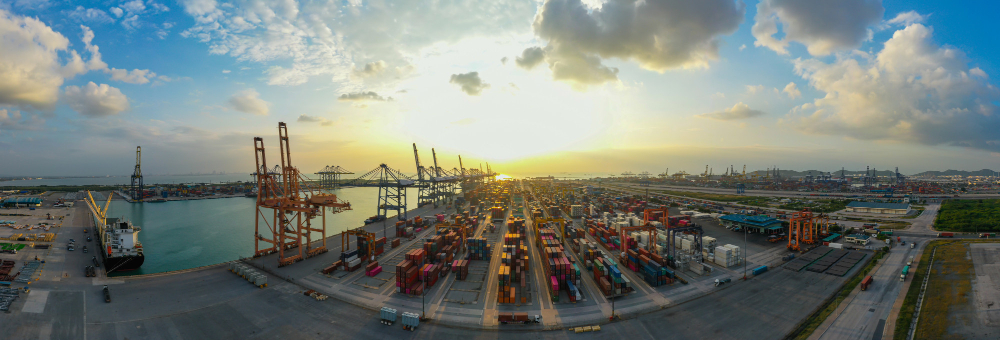Full truckload shipping plays a vital role in the world of logistics and transportation, especially when it comes to moving large quantities of goods. This method, which involves filling an entire truck with cargo, is preferred for its efficiency, particularly for sizable shipments, long hauls, and when dedicated transportation is needed. Let’s delve into some key points and solutions for optimizing full truckload shipping and enhancing supply chain processes.
Flexible Rates
Unlike smaller parcel shipments with fixed rates, full truckload shipping rates are highly negotiable. These rates can vary significantly depending on factors such as distance, type of freight, and prevailing market conditions. It’s crucial for shippers to engage in negotiations to secure the most favorable rates for their goods. Building strong relationships and staying informed about market trends can lead to substantial cost savings.
Diverse Equipment and Transport Options
Full truckload shipping provides a wide range of equipment and transport options to cater to different types of cargo. Whether it’s standard dry vans, specialized flatbeds, or refrigerated trucks, there’s a solution available for almost every requirement. This versatility ensures that specific needs, such as temperature control or transporting oversized loads, can be effectively met, resulting in greater flexibility and efficiency in shipping operations.
Abundance of Carrier Choices
The full truckload market boasts a diverse array of carriers, ranging from large national companies to smaller regional players. This variety enables shippers to select carriers that align with their specific needs, whether it’s prioritizing cost, transit time, or specialized handling capabilities. Building strong partnerships with reliable carriers is vital for ensuring consistent and dependable shipping services.
Navigating Tight Market Conditions
The full truckload shipping market is often characterized by tight capacity, particularly during peak seasons or in certain geographic regions. Various factors, including economic fluctuations, seasonal demands, and weather conditions, can influence both availability and rates. Shippers must proactively plan ahead and remain flexible, considering alternative strategies such as partial truckload or intermodal options during periods of high demand or limited capacity.
In conclusion, mastering the intricacies of full truckload shipping involves understanding the nuances of rate negotiation, leveraging diverse equipment options, selecting the right carriers, and navigating through tight market conditions. By adopting a proactive and flexible approach, shippers can optimize their shipping operations and enhance overall supply chain efficiency.




